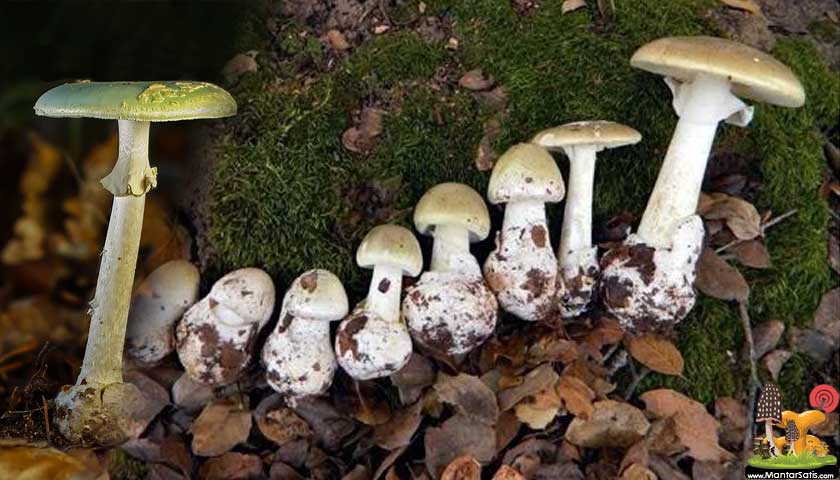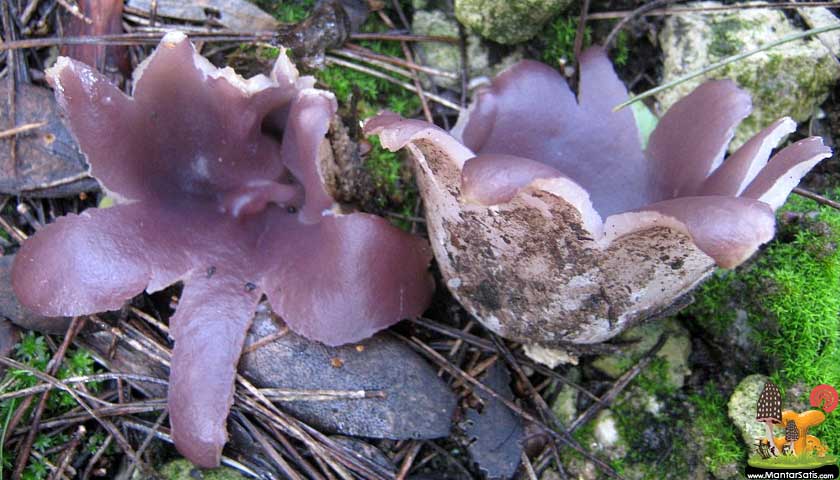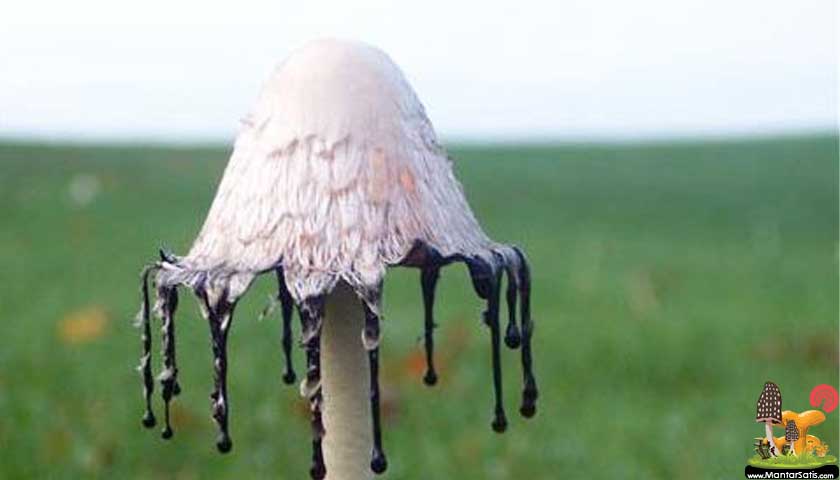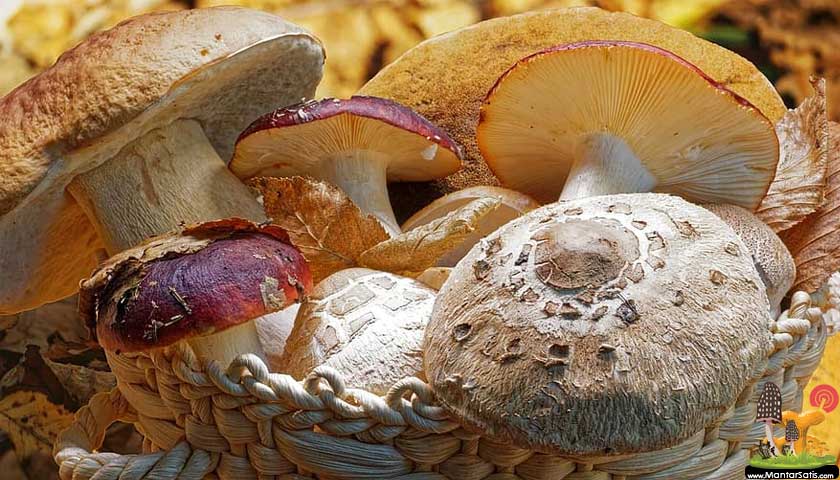Ölüm meleği
Amanita phalloides (Köygöçüren, Evcikkıran olarak da adlandırılır.)
Köygöçüren mantarı (Latince Amanita phalloides; evcikkıran ya da ölüm meleği de denir), Amanitaceae familyasından zehirli bir mantar türü. Türkiye’deki ölümcül zehirlenmelerin neredeyse %90 kadarından sorumlu, son derece zehirli ve tehlikeli bir mantardır. Bu mantara yaz başlarında ve sonbahar aylarında ormanlarda çok sık rastlanır. Mantarın içerdiği amanitin (özellikle, Amanotoxinler’den alfa amanitin) ve phalloidin maddeleri, sindirildikten 8-12 saat sonra ilk belirtilerini gösterir ve 3-4 gün içinde karaciğer-böbrek metabolizmasını yok eder. Zehirine karşı henüz yetkin bir ilaç geliştirilememiştir. Tedavide silibinin dihydrogen disuccinate disodium enjeksiyonu kullanılmaktadır. Bu mantarın bir kişiyi öldürmesi için 20-25 gram tüketilmesi yeterli olmaktadır. Volvariella volvacea mantarı ile olan benzerliği ölümlerin önemli sebeplerindendir.
BU MANTARDAN UZAK DURUN !
Bu mantar; 1994 yılı Kasım ayında, İstanbul’da seri zehirlenmelere yol açmış ve 20’den fazla insanımızın ölmesine neden olmuştur.
https://youtu.be/okv-f_QOOEg
Бледная поганка (Amanita phalloides) – смертельно ядовитый гриб!
Amanita phalloides, commonly known as the death cap, is a deadly poisonous basidiomycete fungus, one of many in the genus Amanita. Widely distributed across Europe, but now sprouting in other parts of the world, A. phalloides forms ectomycorrhizas with various broadleaved trees. In some cases, the death cap has been introduced to new regions with the cultivation of non-native species of oak, chestnut, and pine. The large fruiting bodies (mushrooms) appear in summer and autumn; the caps are generally greenish in colour with a white stipe and gills. Cap colour is variable, including white forms (see Taxonomy below), and thus not a reliable identifier.
These toxic mushrooms resemble several edible species (most notably Caesar’s mushroom and the straw mushroom) commonly consumed by humans, increasing the risk of accidental poisoning. Amatoxins, the class of toxins found in these mushrooms, are thermostable: they resist changes due to heat, so their toxic effects are not reduced by cooking.
Amanita phalloides is one of the most poisonous of all known mushrooms. It is estimated that as little as half a mushroom contains enough toxin to kill an adult human. It has been involved in the majority of human deaths from mushroom poisoning, possibly including the deaths of Roman Emperor Claudius in AD 54 and Holy Roman Emperor Charles VI in 1740. It has been the subject of much research and many of its biologically active agents have been isolated. The principal toxic constituent is α-amanitin, which damages the liver and kidneys, causing liver and kidney failure that can be fatal.




